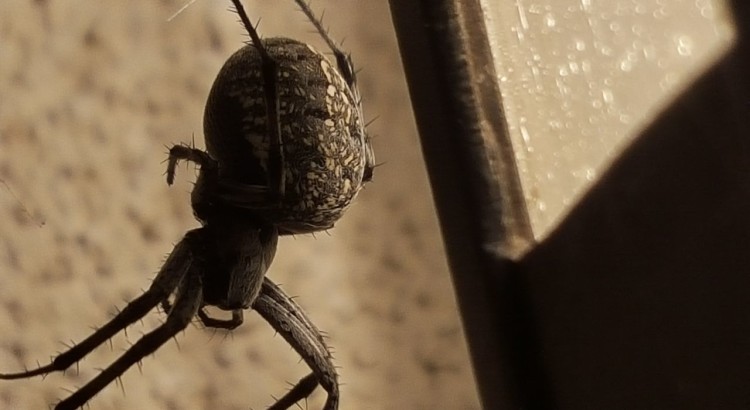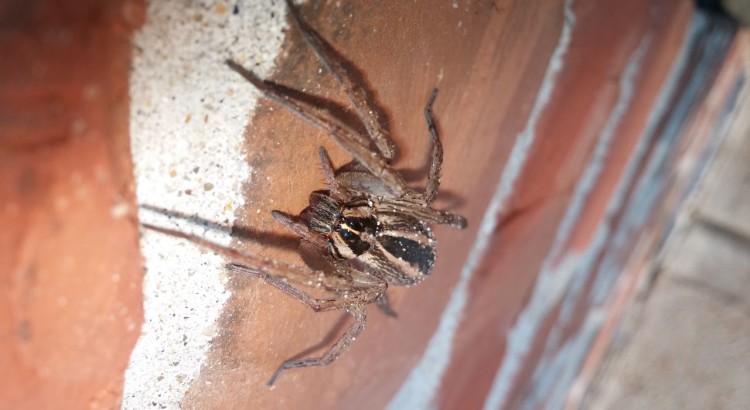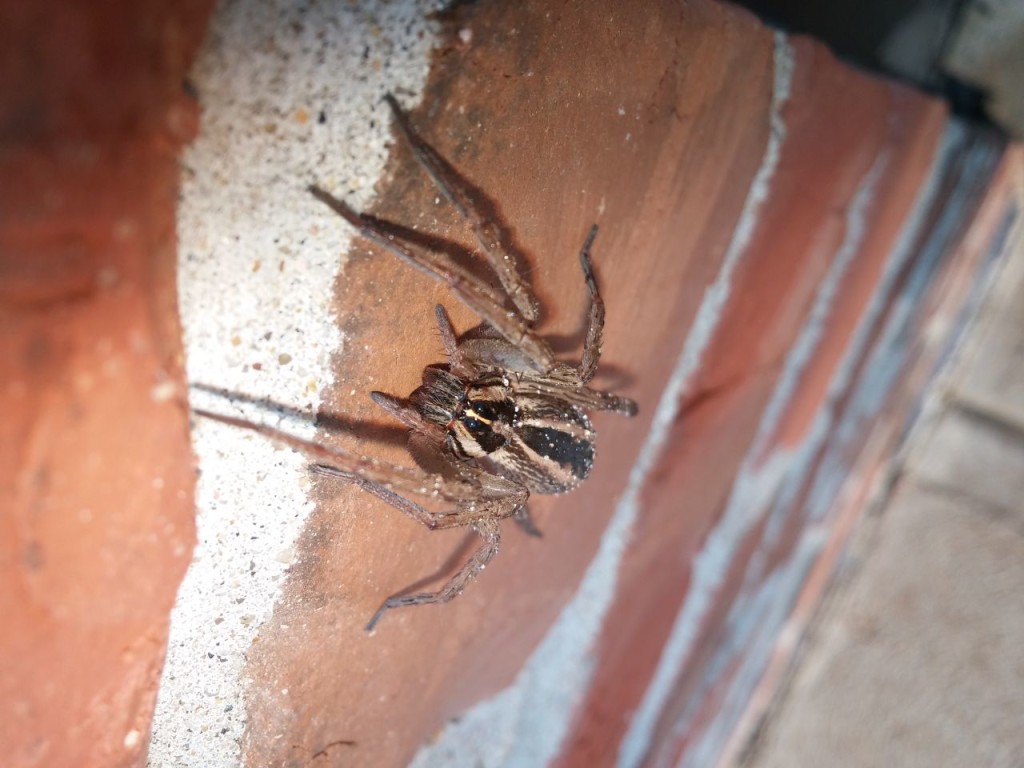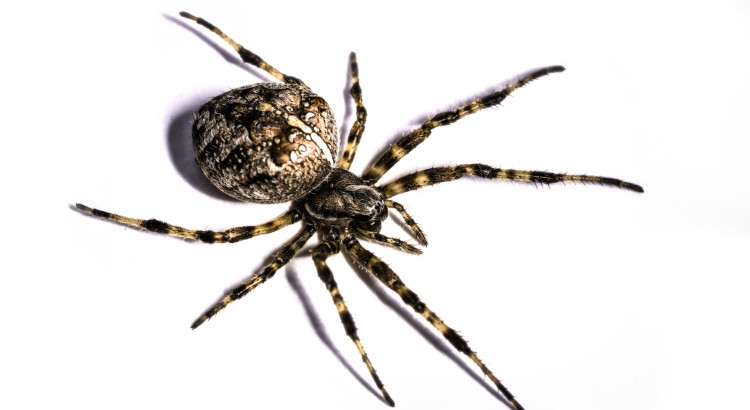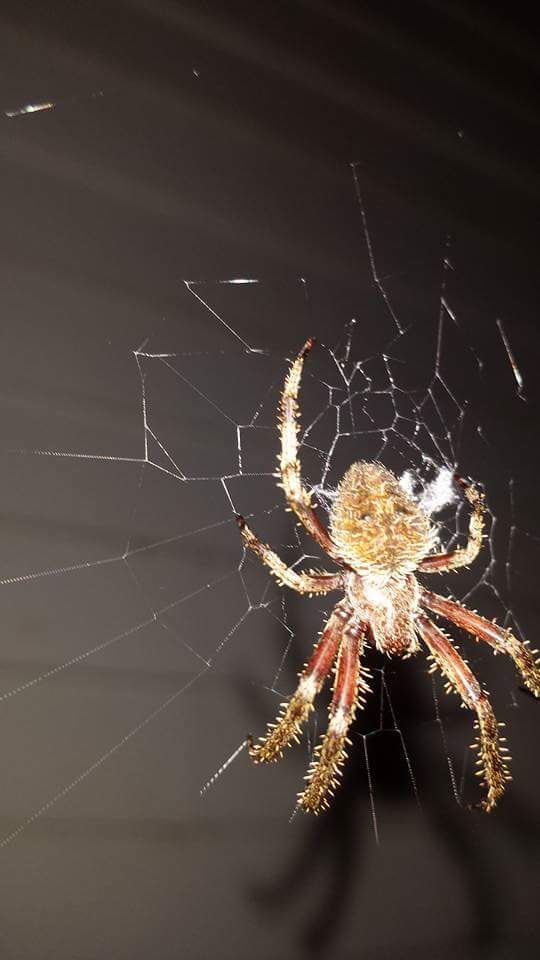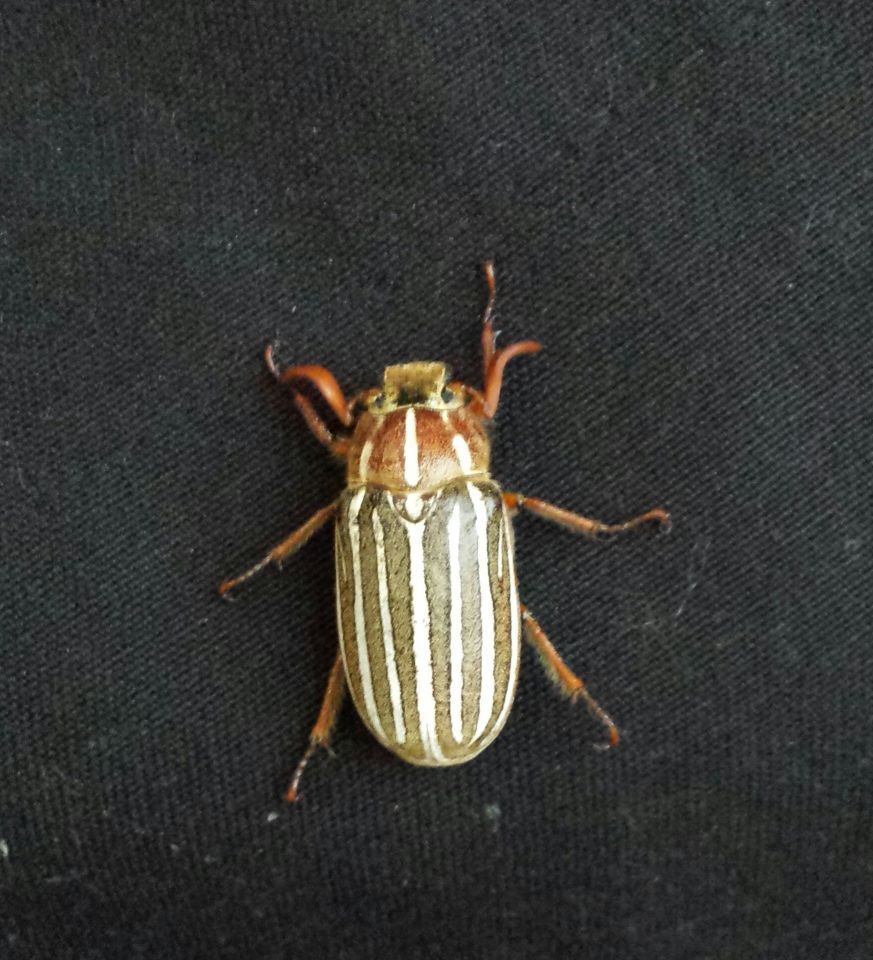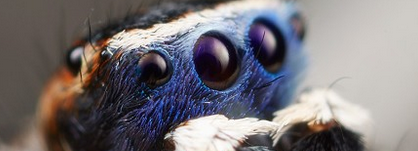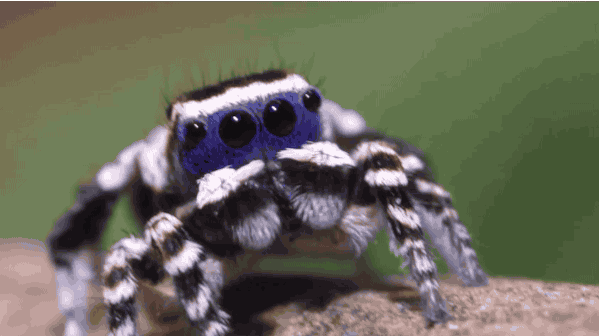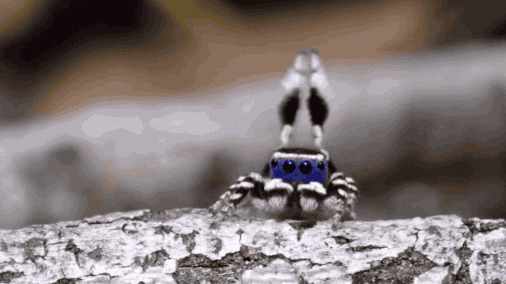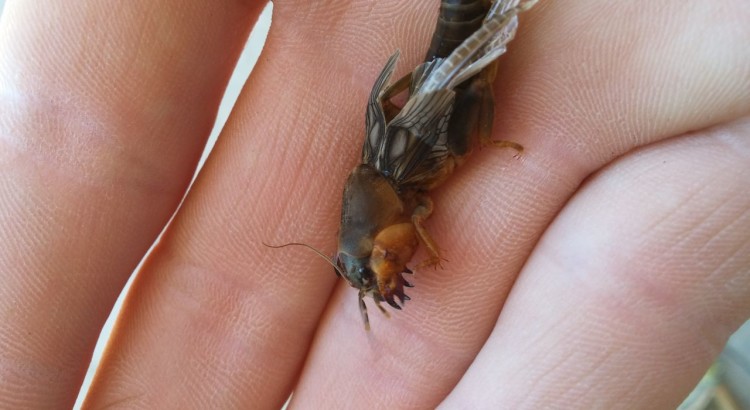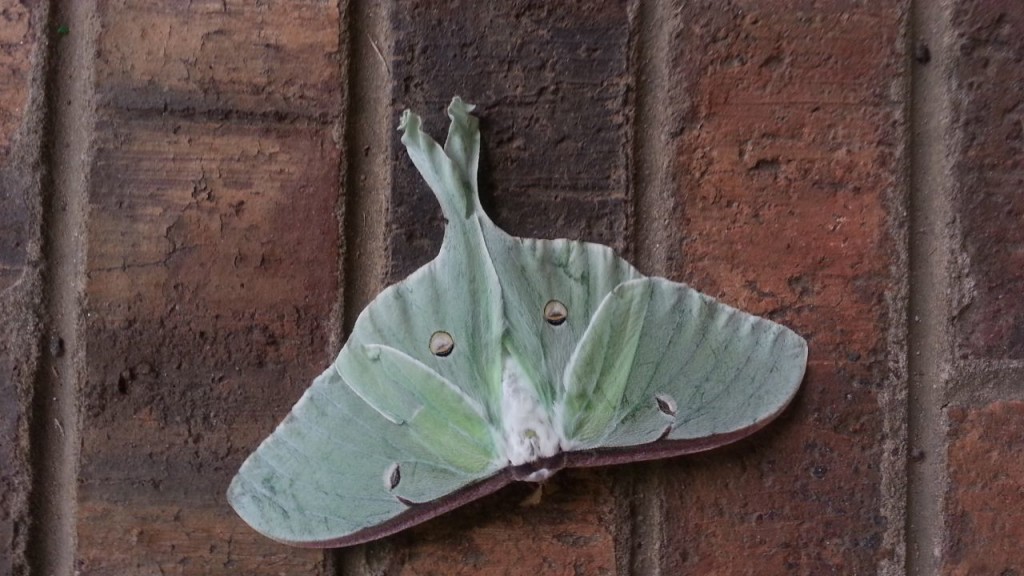Insect identification may seem to be just for the naturalist, but it’s simply not so. For the young mother who sees a spider climbing her wall, or the gardenist who sees an insect munching on a beetle. They must know what that insect is and what to do about it. Besides kill it.
The farmer who has invested thousands, if not millions into his crop. He too should know more about those who pose a threat to his success, and many times he does. But can one know enough about the growing world of the arthropods?
Never.
That’s why we built Pestpro. So let’s go ahead and discuss:
8 Reasons Why PestPro Is The Tool For Insect Identification
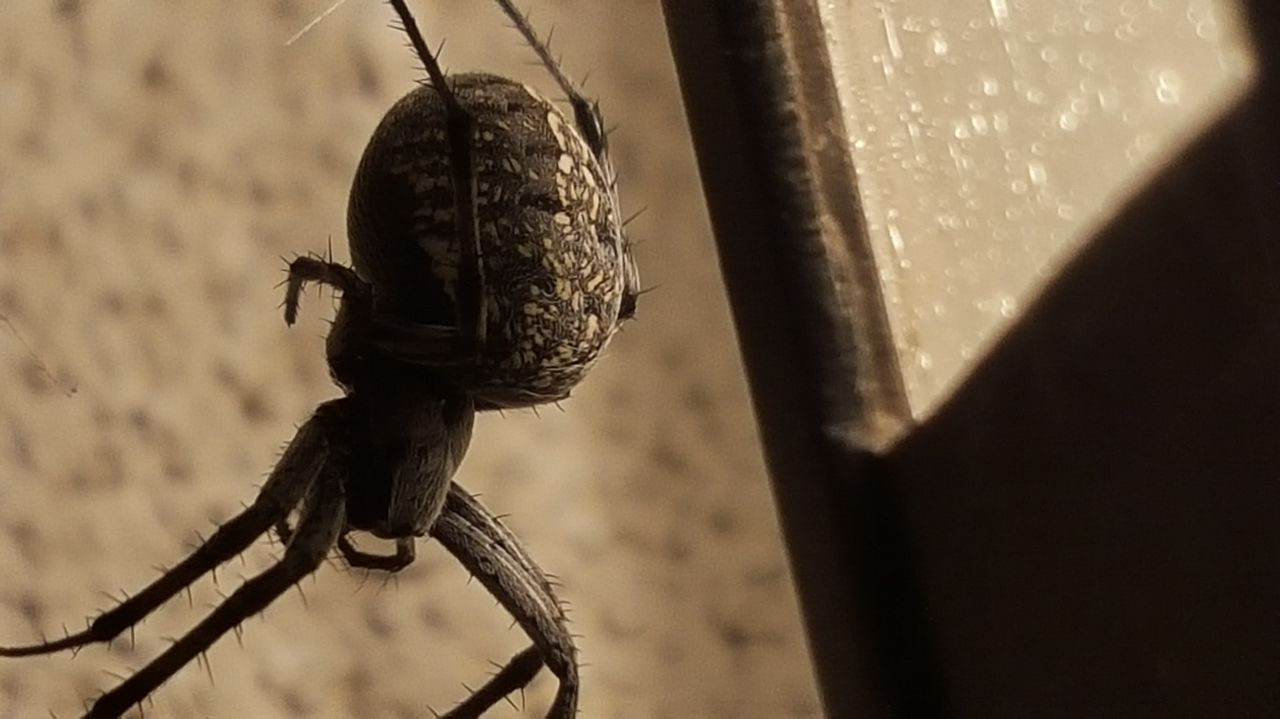
1. It will save the lives of many bugs.
When most see a bug, it’s not to take a picture, but instead destroy the insects life. With no more opportunity of living, the bug dies in vain. We don’t think insects and humans must live in the same home, but destroying the bug isn’t always the answer either.
But then you have those WHO DO (besides the naturalist) who take pictures of bugs for whatever reason. They’re on the edge of killing the bug. They’re not really sure what to do with the bug and are simply curious.
So when they upload the image to our site, it gives us opportunity to talk about the bug and what they’re capable of doing (good and bad).
2. It brings education to those who are curious.
Many will find insects more enjoyable to study as they find their answers quickly with our tool. We feel like education is great for the user and that hopefully one day, they’ll become a “Pestpro”.
By the way, Pestpro doesn’t signify that all bugs are pest, but instead it means we know the difference. Not all entomologist know the difference. They simply know only the identification.
Our team consist of individual who have hand-on experience with the bug world. They would never agree to identifying the flea or a bed-bug as a harmless insect. That’s where some entomologist disagree.
Many are bias and don’t consider the human in every situation. We want all insects to live also, but we must consider the human in all situations. We must considering the following factors when identifying a bug:
- Plants
- Pets
- Home
That’s why we offer the “transfer option”. With this, we recommend the insect to be transferred outside so that it can live. If the user is not comfortable, we recommend they find someone who is.
If the user finds a bug that is simply destructive such as a bed bug, we recommend extermination in which IPM is in practice.
3. Built for the modern generation.
We made sure our site was built for all devices. Not like many other resources out there. We want the younger generation involved and to find what we do exciting. That’s why we made sure our site was compatible with all devices.
4. Well balanced and not just for the naturalist.
Like mentioned above, we’re not biased when it comes to insect identification. If it hurts a human, we will say it. We will get heat from this, but we can’t risk someone getting hurt.
We’re more balanced when it comes to our answers on how to handle each bug. Most bugs are harmless to humans, but may not be to the pet, the plant or your home. So to say a bug is harmless, you must ask; In what way? We answer all those questions to the best of our ability.
5. Great for the garden.
Did you know some insects will defend your garden from the “bad” insects? By planting insectary plants such as the Cornflowers, Alyssums, Fennels, and Borages you’ll attract the insects who will feed on the bad insects.
Insects such as the Lady Bug, Praying Mantis, and Ground Beetle will be attracted. These guys will fight for your garden without the use of chemical.
To help verify what pest you have in your garden, you can use Pestpro. Most of the time we let you know if they’re a garden pest.
6. Faster than any other resource.
If you’re bug isn’t blurry we can identify pretty quickly. As we grow, this only gets better and quicker. Not like other resources that take days or even weeks. That’s if they identify for you.
We appreciate the resources, don’t get us wrong, we just got to consider the “Google Generation” who wants technology updated for things like this. If it means saving a bug, human, pet or plant, it’s worth investing into.
7. More accurate than most resources.
Our identifiers are selected among the top in their category. With degrees and a background of high accuracy in insect identification, our team is among the most accurate out there. As time goes on though, we plan to increase accuracy also. Not just to family, but genus, and possibly species.
8. Safety of your family is #1 on our minds when answering your question.
As mentioned before, our number one task is to increase health among mankind. To bring security to the family. Answers do just that, and that’s why we go another day in serving you with insect identification. They (bugs) surround us every day and they bring many questions. That’s why we’re here though, and that’s to show we care.
Resources:
http://organicpestcontrolnyc.com/diy-garden-pest-control-infographic/
http://www.finegardening.com/attracting-beneficial-insects
https://en.wikipedia.org/wiki/Taxonomy
https://en.wikipedia.org/wiki/Insectary_plant
http://www.ipm.ucdavis.edu/GENERAL/whatisipm.html
